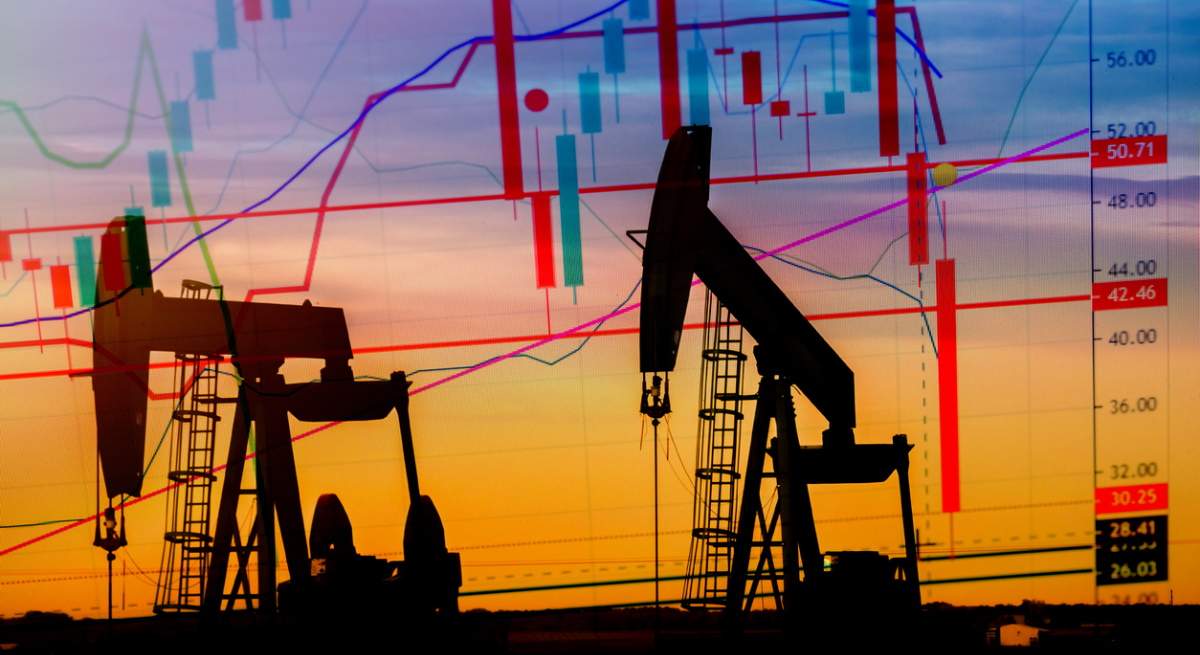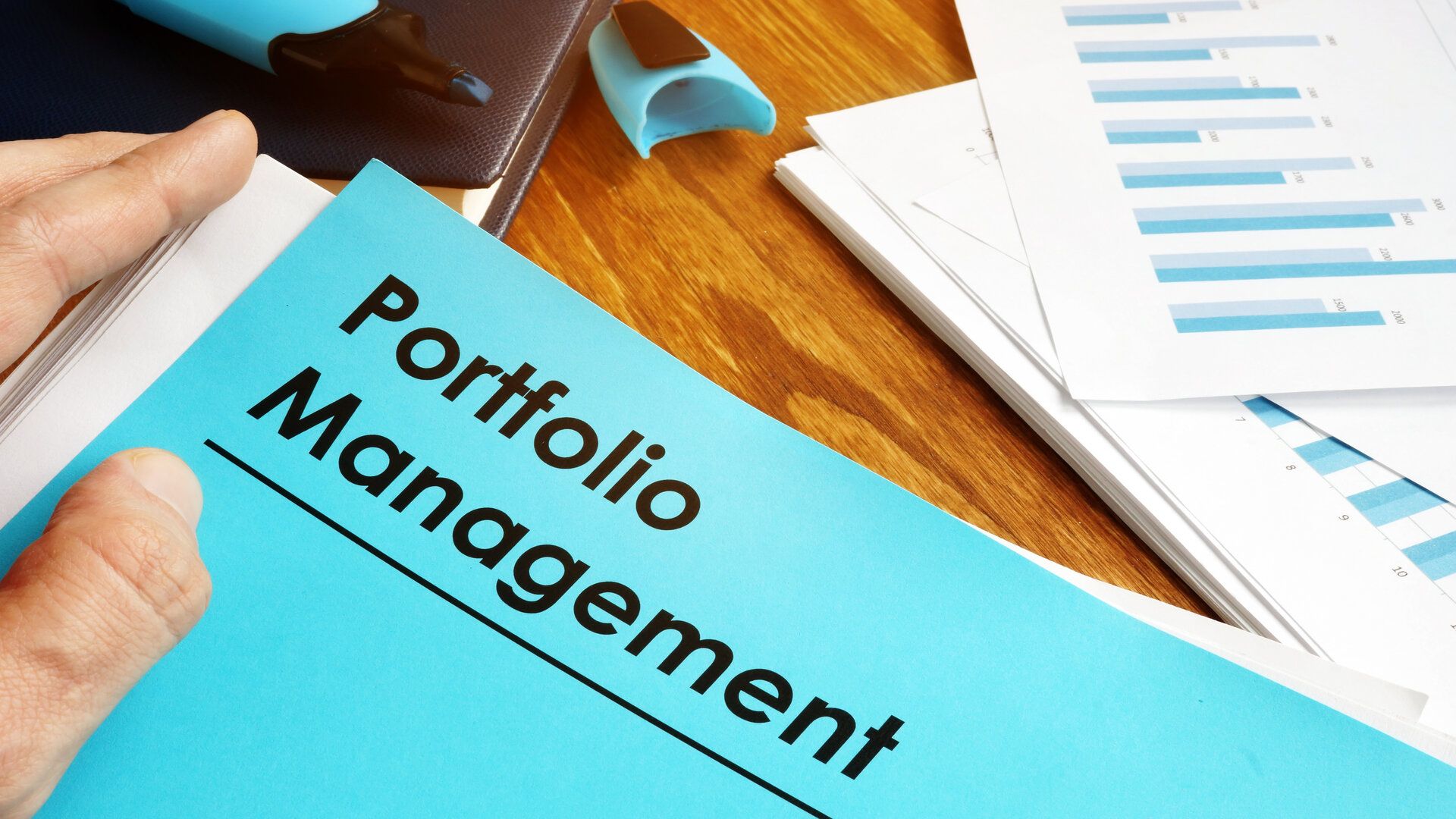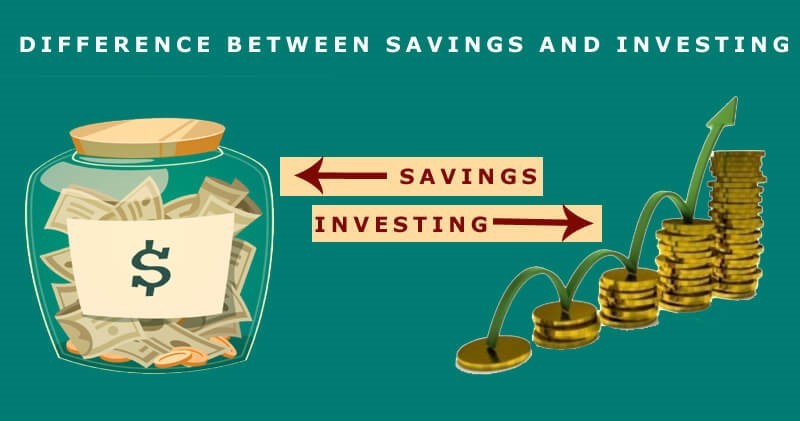Energy security has become one of the main concerns globally, especially after the Russian invasion of Ukraine. Investing in cleaner and more efficient technologies, such as renewables, to achieve a carbon-neutral economy has become a priority. However, the world economy continues to need hydrocarbons.
A recent report from the International Energy Forum (EIF) and S&P Global Commodity Insights ensures that investing in new technologies to reduce greenhouse gas emissions is not at odds with investing in oil and gas during the transition. , as insufficient investment in both fuels would pose a serious threat to energy security in the short and medium term and could halt progress on climate goals by increasing dependence on other, more carbon-intensive options in the short term. To overcome these problems, achieve stable markets and avoid a global supply shortfall this decade, the report’s authors believe that annual upstream investment in oil and gas must increase.
Investment increase
Although it is true that upstream investment in oil and gas in 2022 has registered its highest level since 2014 and has obtained the largest year-on-year gain in history, going from $358 billion in 2021 to $499 billion in 2022 – especially due to the increase of costs -, said investment should increase by 28% to reach 640,000 million in 2030 (see attached graph). Additionally, a cumulative $4.9 trillion will be needed between 2023 and 2030 to meet market needs and avoid a supply shortfall, even if oil and gas demand growth slows.
For its part, drilling data indicates that activity has begun to recover; However, they remain below pre-pandemic levels as inflation has devoured spending. Specifically, the number of drilling rigs has increased by 22% in 2022 but remains 10% below 2019 levels.
One of the issues raised by the report is that the main constraint on investment levels in the short term has shifted from the availability of capital to the allocation of capital. That is, oil and gas exploration and production companies are experiencing record profits, which has meant that, today, they have ample free cash flow that could boost investment in the initial stages.
As long as crude oil prices remain above $70 a barrel, there are enough reserves and profitable oil and gas projects to meet demand for the next decade, but the main uncertainty is whether companies will commit enough investment to develop them.
One of the deterrents when executing these investments is the uncertainty of demand in the short term and the possible consequences in the medium and long term. Companies prefer to bet on small projects, since they require less capital, have shorter payback periods and are more insulated from long-term risks. About 250 small to medium-scale projects are expected to start in 2030.
The slowdown in the economy also adds to investment challenges. If the world enters a recession in 2023, oil demand growth is likely to remain below trend over the next two years, potentially extending post-pandemic demand stagnation to five years. Once economic activity recovers, oil demand is also likely to be less intense, due to fuel switching, electric car penetration, efficiency improvements and accelerated climate policies.
Another handicap in terms of investment is the great uncertainty that exists about the extent of Russian production losses. Russian production levels depend not only on what sanctions allow and what is technically feasible but also on Russian policy. The need for investment and new upstream projects this decade will depend on how much Russia produces and invests. The report assumes that Russian production will fall by between 1 and 1.5 million barrels per day in 2023.
For decision-makers in the upstream segment to boost their investments, the report is committed to intensifying dialogue and support policies, both for producers and consumers, as well as ensuring greater transparency of data in order to guarantee the security of supply and market stability during the current energy crisis and the transition stage. In this regard, consuming countries will need to send clear signals about future demand, create and maintain sufficient inventories, support long-term purchasing contracts and avoid prohibitive policies. In addition to active and continuous dialogue, governments can also help by providing regulatory and policy certainty, as operators need a certain level of certainty and fiscal certainty to invest in capital-intensive and long-cycle projects, hence governments should base their policies on realistic outlooks for energy demand and ensure adequate and affordable energy supplies during the transition.




